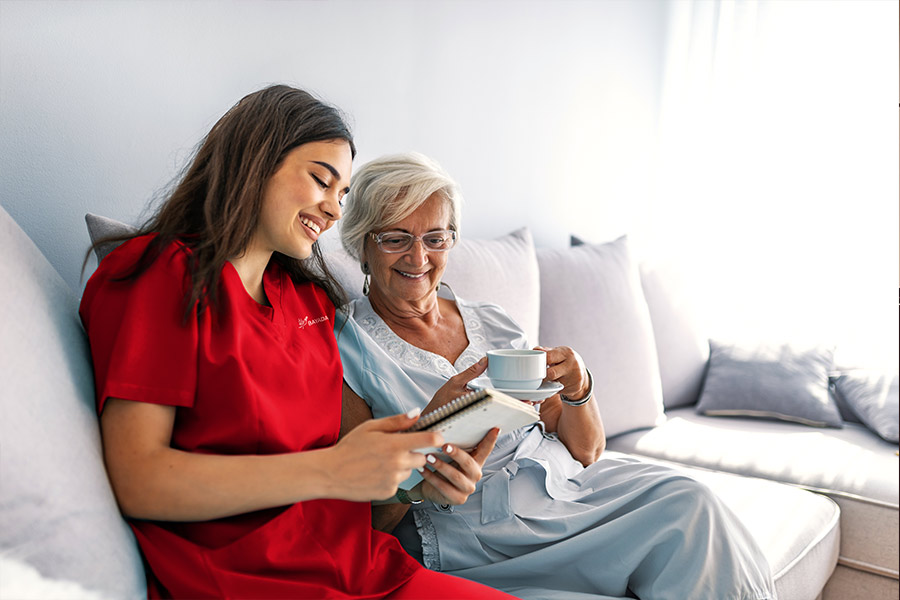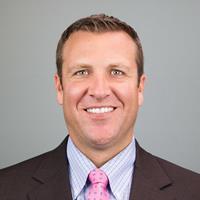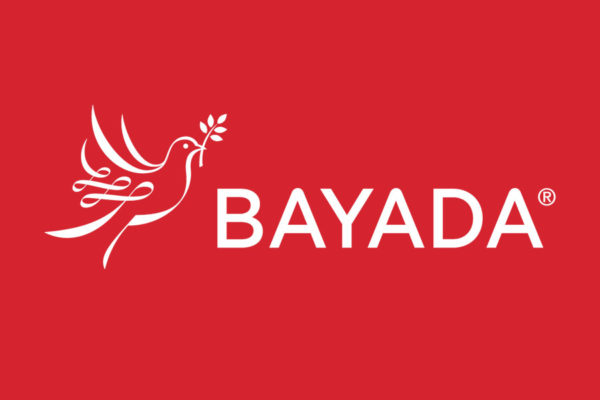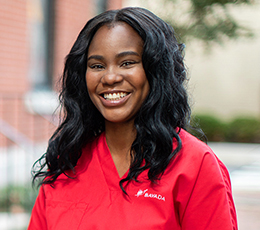
In early March, Matt Kroll, BAYADA Home Health Care’s Assistive Care Services Practice president, was in a planning meeting when his phone began ringing nonstop: clients and employees were showing symptoms of COVID-19, and clients were declining services because they were nervous about caregivers coming into the home. Kroll, who is based in Pennsauken, New Jersey, says, “We knew we needed a solution when our clients kept calling and saying: ‘What are you doing to make sure my mom or dad is safe?’ And when employees were calling and asking: ‘What are you doing to make sure my health and well-being are an important part of the equation?’” Here’s how the Philadelphia-based home healthcare provider answered the question.
By Matt Kroll

And we needed to move fast.
We’ve been partners with Dina for several years and we had the unique opportunity to work closely with the team as they extended its platform to meet this very need. (In March, Dina introduced new caregiver engagement solutions to administer pre-shift health checks and manage compliance reporting. Employees get a daily text to assess temperature, cough and other symptoms. If needed based on feedback, Dina’s AI platform automatically escalates employees to a clinical manager for additional follow-up before they can report to work.)
From Zero to 6,000+ Daily Symptom Checks
We quickly signed up 150 BAYADA caregivers in northern New Jersey. In fact, we had our first location up in 48 hours. Then, within days, we expanded to New York, as the state had just required home care providers to be monitored every single day they were working.
Speed was key as the virus continued to spread across the country. In the next three weeks, 50 of our locations in 14 states began daily symptom checks. Today, we have activated 130 offices in 17 states, deploying 6,600 screenings every day. This includes all of our home health and assistive care offices. We’re onboarding our skilled nursing offices next.
More than two months later, here are 7 key takeaways:
- Employees Value Engagement
We know text is the preferred communication method of our caregivers. Still, we were concerned about how they were going to respond to getting a text message daily. We were pleasantly surprised that engagement is high and the overwhelming majority see it as a sign that we care about them. Our next step as we continue to scale the solution is to further integrate it into our IT platform to create the best caregiver experience possible.
- They Don’t Want to Make Decisions in a Silo
Most of our competitors tell their field staff to call in if they have symptoms. The burden is solely on the employee to report. Some of the other solutions happen at the point-of-care, where you check in and fill out a screening questionnaire at the client’s door. We believe it’s better to proactively reach out every day before someone has left their home.
Dina is able to determine, with its AI platform, who is at risk based on their reported symptoms, and automatically escalates those responses in a way that saves us so much time operationally. And, our clinical managers and caregivers are relieved that they don’t have to make those decisions in a silo.
We find that with Dina, the escalation rate is around 1%, and the majority of that group was able to go to work, but only after our nurse determined that the symptoms were not Covid-related.
“Our actions have resulted in clients restarting service with us as they learn about the steps we’re taking to keep everyone safe. It is certainly helping us acquire new clients right now because we are able to show them our proactive safety plan to maintain caregiver health and safety.”
- Proactive Measures Make Business Sense…
We are in the process of quantifying it right now, but qualitatively our actions have resulted in clients restarting service with us as they learn about the steps we’re taking to keep everyone safe. It is certainly helping us acquire new clients right now because we are able to show them our proactive safety plan, which is more than just PPE, but a robust program to maintain caregiver health and safety.
- …And Help Retain Staff
It’s too early to tell, but I think anything we’re doing to support our caregivers in a time of crisis will help us retain our employees. Part of our COVID-19 response is a staff health and wellness initiative, and we’ve been sharing useful information like how to properly use PPE, tips to stay safe at home and in the community, and proper hand washing techniques.
We’re already working with Dina to extend the current solution to automate pathways that direct caregivers to self help and other wellness-oriented tips. This will create a great opportunity for us to engage our caregivers through a personalized, digital medium. Once this is in place, we believe we will be able to better understand sentiment towards work so we can further support caregivers in the field.
“I think it’s very likely that more will start to require staff wellness check-ins, so we feel well prepared for when that happens.”
- Plan for More States to Mandate Screenings
Today, only three of the states we operate in, New York, New Jersey and Delaware, require daily staff check-ins. (Michigan and Washington also have similar mandates.) What’s interesting is that home care is not Medicare-funded. Home services are regulated by local municipalities, either at the state or county level, so there’s no coordinated effort. And states move at different speeds. I think it’s very likely that more will start to require wellness check-ins, so we feel well prepared for when that happens.
- Prepare for a “Second Spike”
We’re still dusting ourselves off from wave one, and we’ve set a meeting date to debrief and learn from our teams in the field about what worked, what could be better, and what else they need from us to be successful.
Getting PPE to the front lines in weeks instead of days in advance is a big one. We have a centralized PPE task force that is leveraging a predictive model to get PPE into the field faster, which will be possible as our inventory increases. Increased pay is another one that usually comes through. We’ll continue working with our field staff to determine the best ways to support them.
And then we’re going to plan like wave two is coming and apply that learning to continue to improve.
- Caregivers are Heroes
We’ve got a large, remote field staff who are knocking on doors, many times not knowing what’s behind that door, and now they’re going to work with the added uncertainty of the pandemic. And they feel an intense responsibility to do the right thing. The admiration we have for all the caregivers out there, who are responding, and going to work every day, they deserve all the accolades and praise as they care for the most vulnerable population.
Want to learn what other providers are doing to keep their care teams safe? Sign up here for regular news and updates.






